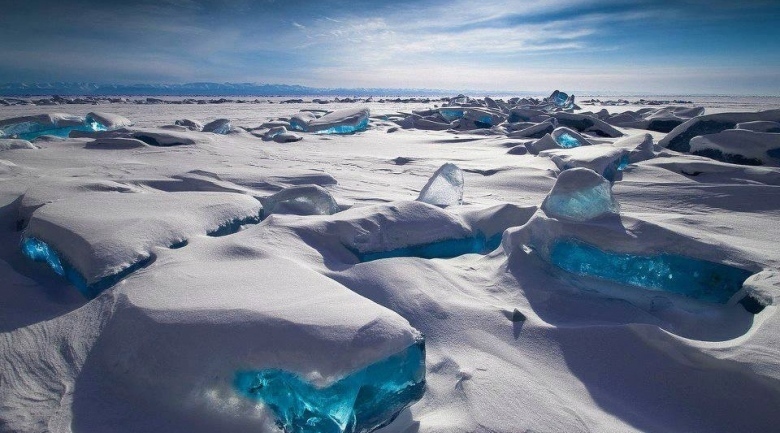
Researchers have discovered what they think are fossils of a red algae species that lived about 650 million years ago during a brief respite between some of the most extreme ice ages the world has ever known. The fossils could show how life coped in the Cryogenian period, when glaciers held most of Earth in a frozen grip.
"The reason we were looking at these samples in the first place is that they come from a really interesting time period in Earth’s history, right between two major global glaciations called Snowball Earth events," said Phoebe Cohen, the study’s lead author and an assistant professor of geosciences at Williams College, in Williamstown, Mass. "We want to understand how these glaciations affected the evolution of life."
Learning how life on our planet changed under the extreme conditions of back-to-back Snowball Earths, separated by just 10 million years, a relatively short gap in geological time, should shed light on how extraterrestrial life deals with the vicissitudes of nature.
"We are fundamentally interested in the co-evolution between our planet and the life that inhabits it," said Cohen. "We want to know: What can this teach us about how life might evolve on other planets?"
The new red algae fossils, if that is indeed what they are, fill a gap in the fossil record documenting the rise of this marine plant group. The oldest known sample of red algae goes back about a billion years. Fossils reckoned to belong to the same lineage then do not appear again until about 600 million years, well after the glaciers of the second Snowball Earth had receded.
Neither the red algae fossils from a billion years ago, nor those from shortly after the Cryogenian period’s end, possess the ridge and flaplike structures of the newfound fossils. "In this case, we’re seeing a new morphology show up in between these two Snowball Earth events," said Cohen. The "why" remains unknown, but future finds could provide clues.
